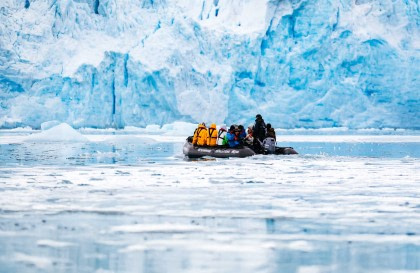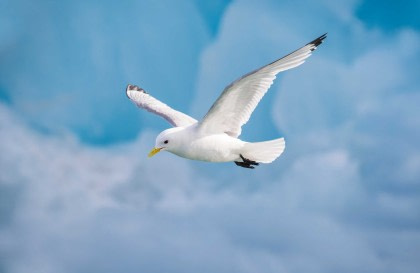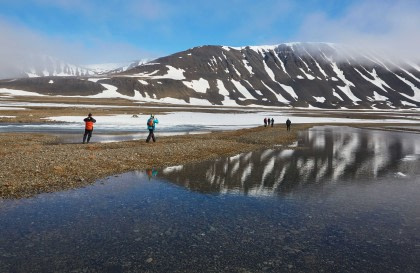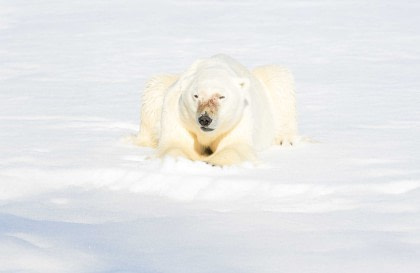Whales, whaling, and the largest industry of historic Spitsbergen
When it comes to Arctic marine history, Hans Beelen has done his research. He has published books on the East India Company of the Netherlands as well as historic Dutch salt trade, and most recently he has also edited an anthology on the whaling industry of Greenland and Spitsbergen.
But his background in these topics does not end there. After studying Dutch philology at the University of Leiden, he joined the University of Oldenburg as a lecturer in 1987. Since 1995 he has been teaching Dutch Studies at the Carl von Ossietzky University of Oldenburg, where he pursues scholarship in language, historic and contemporary Netherlands and Flanders, and other related themes.
Since Greenland and Spitsbergen are two of our favorite Arctic cruise areas, and because we often try to visit the remains of old whaling stations around Hornsund Fjord, we asked Hans to give us some insights into the Arctic’s largest industry.

Photo by Ben Bekooy
Many of our Arctic trips, specifically in Spitsbergen (or Svalbard), seek to visit historic whaling sites that go as far back as the 17th century. What importance did these sites once have to Spitsbergen and Arctic whaling in general?
The archipelago of Spitsbergen has always been important to whaling. Soon after Willem Barentsz discovered the islands in 1596, many whales were observed in the area.
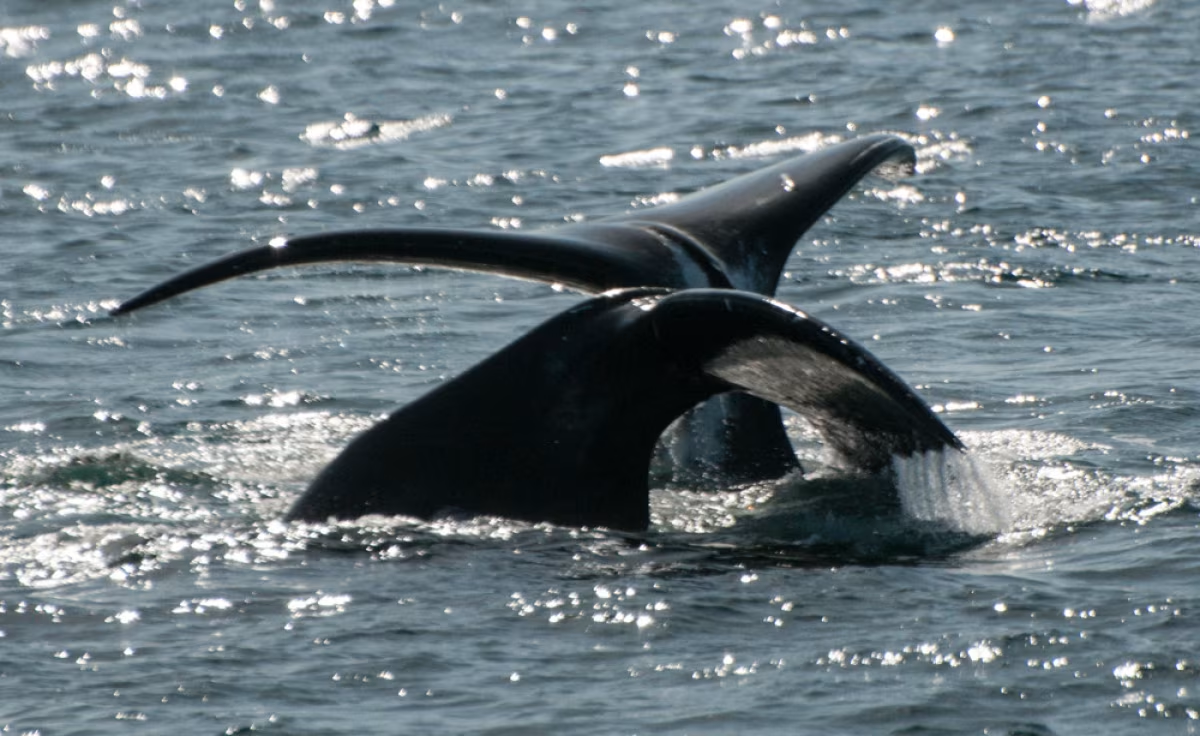
Photo by Phil Wickens
Due to the Gulf Stream, Spitsbergen lies in a zone where cold and warm water meet. During the summers, algae and plankton thrive. This makes it a favorite spot for bowhead whales, or Greenland whales, which feed on the abundant zooplankton.
Early whalers in Spitsbergen had a comparatively easy job: Because the Greenland whale is a relatively fat and slow animal, whalers could harpoon them from small boats. Also, the Greenland whale is one of the few whale species that does not sink to the bottom of the water after it has dies, so whalers could tow the captured animals back to the beach, where they had built work stations.
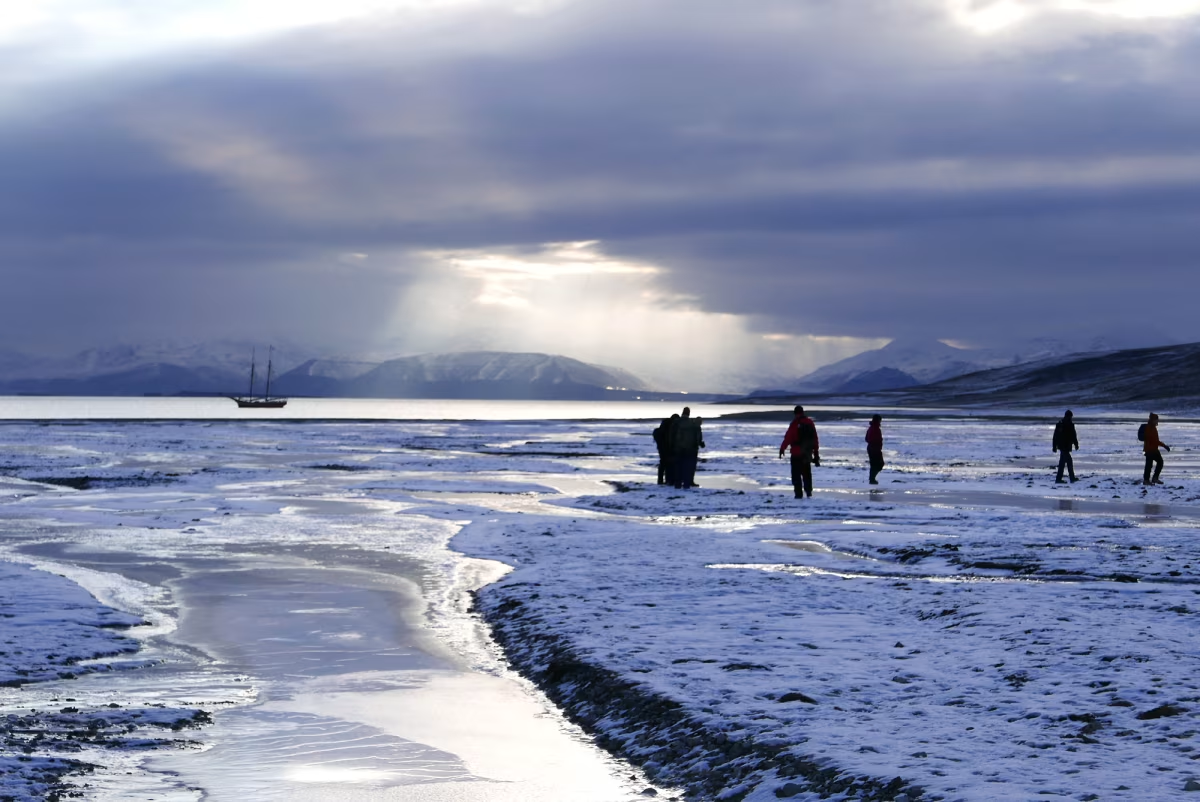
Photo by Ben Bekooy
At these work stations, the whalers would cut off the whale blubber and boil it to produce train oil, an animal fat that in early modern times was needed in Europe as a substitute for vegetable oil. Train oil was used in the production of goods like candles, leather, and wool. And later, as fashion developed, whale mouth bones were used to make corsets, crinolines, and umbrellas.
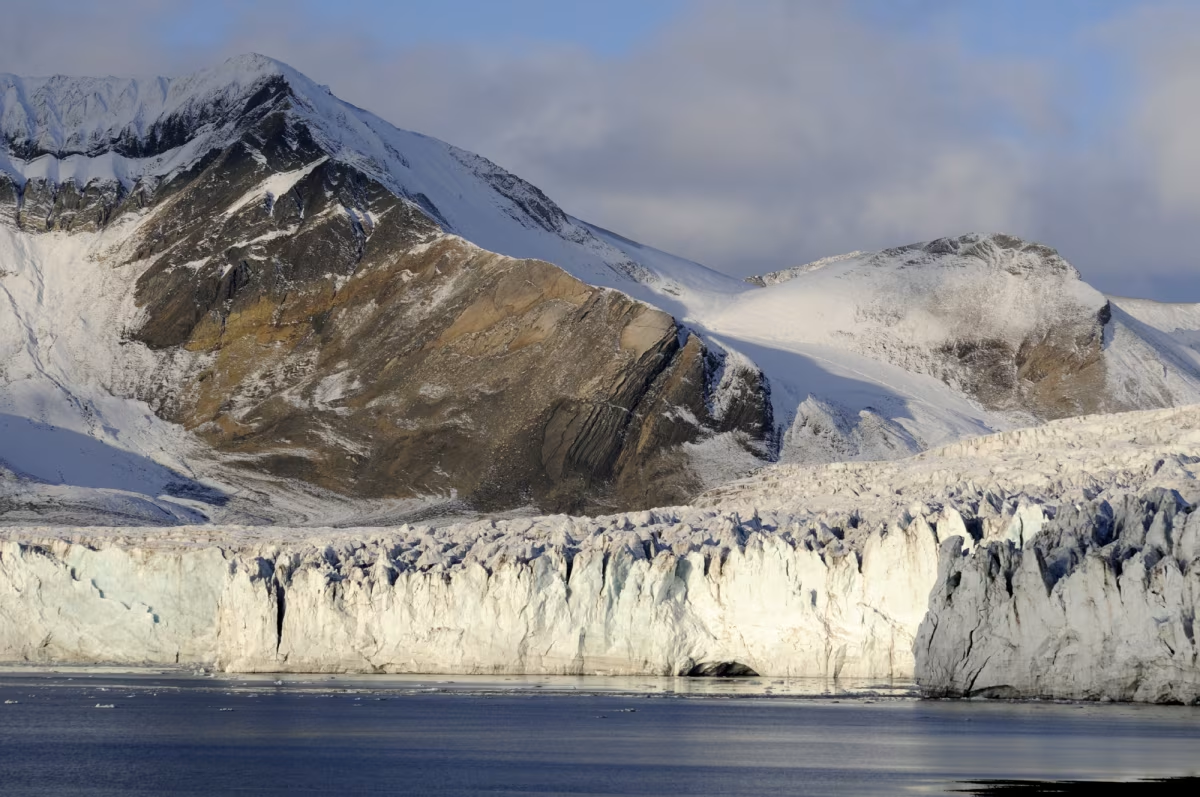
Photo by Ben Bekooy
Since the warm currents from the Gulf Stream reach Spitsbergen on its west coast, most of the whaling stations were built on that side of the main island. Today you can still visit some of the blubber ovens from these stations an Hornsund Fjord or at the abandoned whaling settlement of Smeerenburg, on Amsterdam Island.

Photo by Katja Riedel
Whalers built these blubber ovens on heaps of sand, allowing the train oil from the blubber to pour into reservoirs for filling their barrels. These whaling stations were only manned in summer, during the whaling season, since in winter they were inaccessible.
Near Smeerenburg you can even visit a graveyard where whalers who died from scurvy or other causes were buried. In the 17th century, work conditions were harsh for whalers.
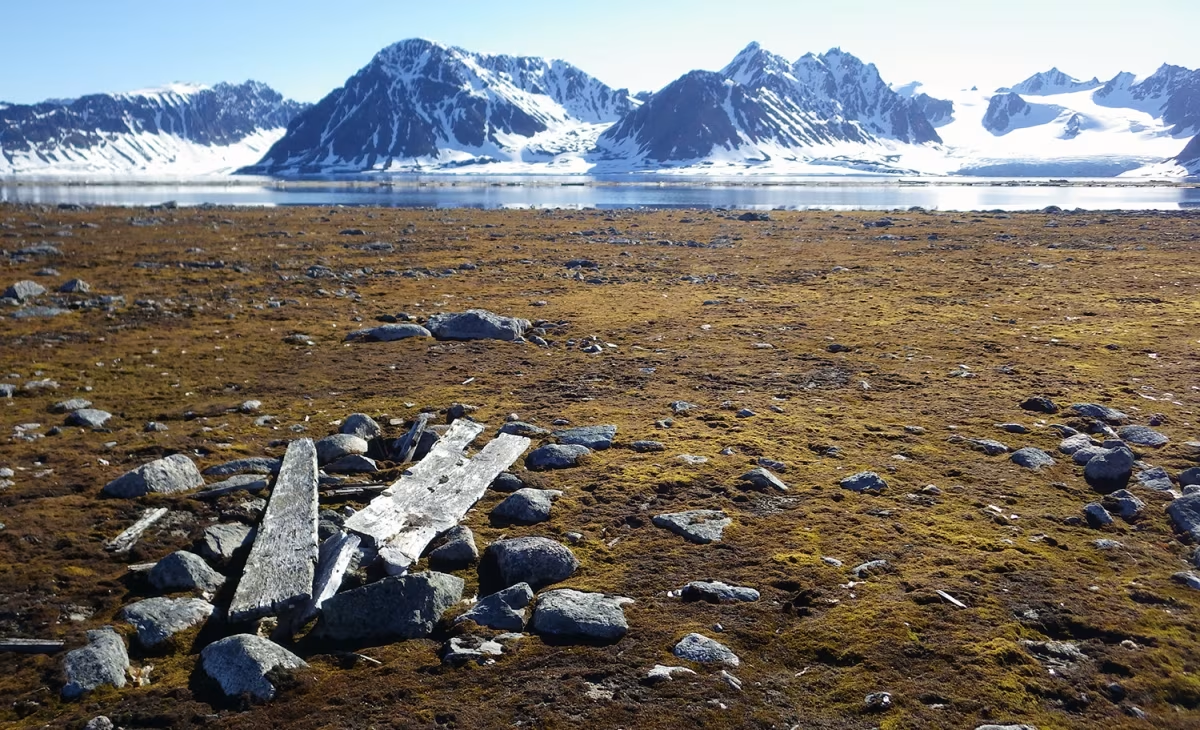
Photo by Michelle van Dijk
Archaeologist made excavations around there and found a lot of artifacts, many of them well preserved by the permafrost. As a matter of fact, the clothes they dug up near Smeerenburg represent the largest collection of historic working men’s clothes ever found in Europe!
In the second half of the 17th century, the whaling stations of Spitsbergen were abandoned because the whales, responding to climate change, were moving nearer to the ice farther out to sea. The whalers followed them, but hunting deeper out on the oceans was more dangerous and less profitable, since their ships were often destroyed by the sea ice.
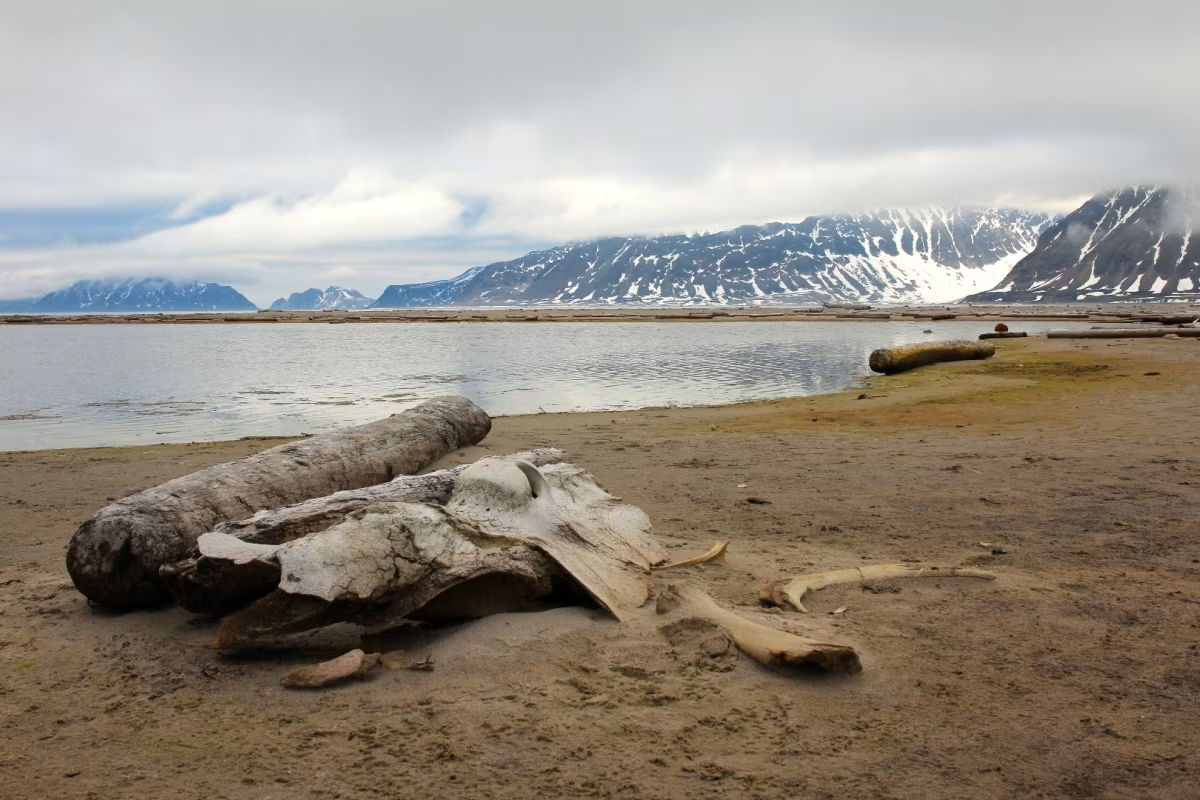
Photo by Mathieu Berteloot
But as the number of whales declined, whalers enlarged their hunting grounds even more. By the 18th century, they were even hunting west of Greenland. Around Spitsbergen, however, whalers could still have some success until the early 19th century.
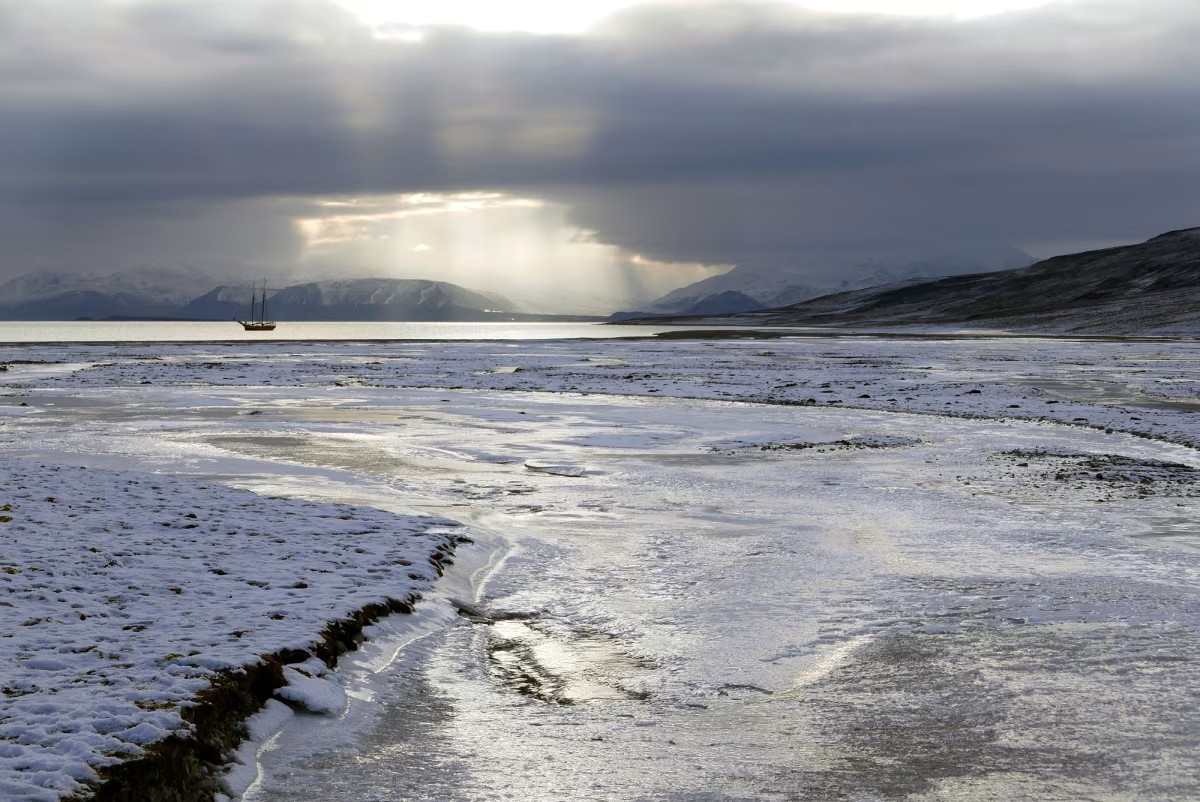
Photo by Ben Bekooy
What led you to study these topics?
I have always been fascinated by sea mammals and the Arctic. Since my work is teaching Dutch language and culture, historic themes with a Dutch-German connection have always held a special interest for me.
The whaling industry of the 17th century is a fine example of an historic theme shared by several nations. Workers were in great demand, so a lot of German sailors signed up on Dutch whaling ships. There they gathered new experience and knowledge, which they brought back home with them.
No surprise, then, that only a few decades later, whaling companies popped up in the German cities of Emden and Hamburg!

Photo by Ben Bekooy
The crew of a whaling ship was always a colorful international crowd. It was the same with the Dutch East India Company, which employed a lot of Germans and other nationalities. Many of the sailors published diaries, travelogues, and descriptions of exotic places they visited, which were important for the spread of awareness about the unknown world of Southeast Asia.
The same thing happened with Arctic whalers. Many of them wrote about and published their experiences, thereby shaping the knowledge of all things Arctic.
I have put together a digital library of these sources, which formed the basis for an anthology of the north as described by whalers during the 17th through the 19th centuries, entitled Big Fat Whales (Walvissen Groot en Vet).
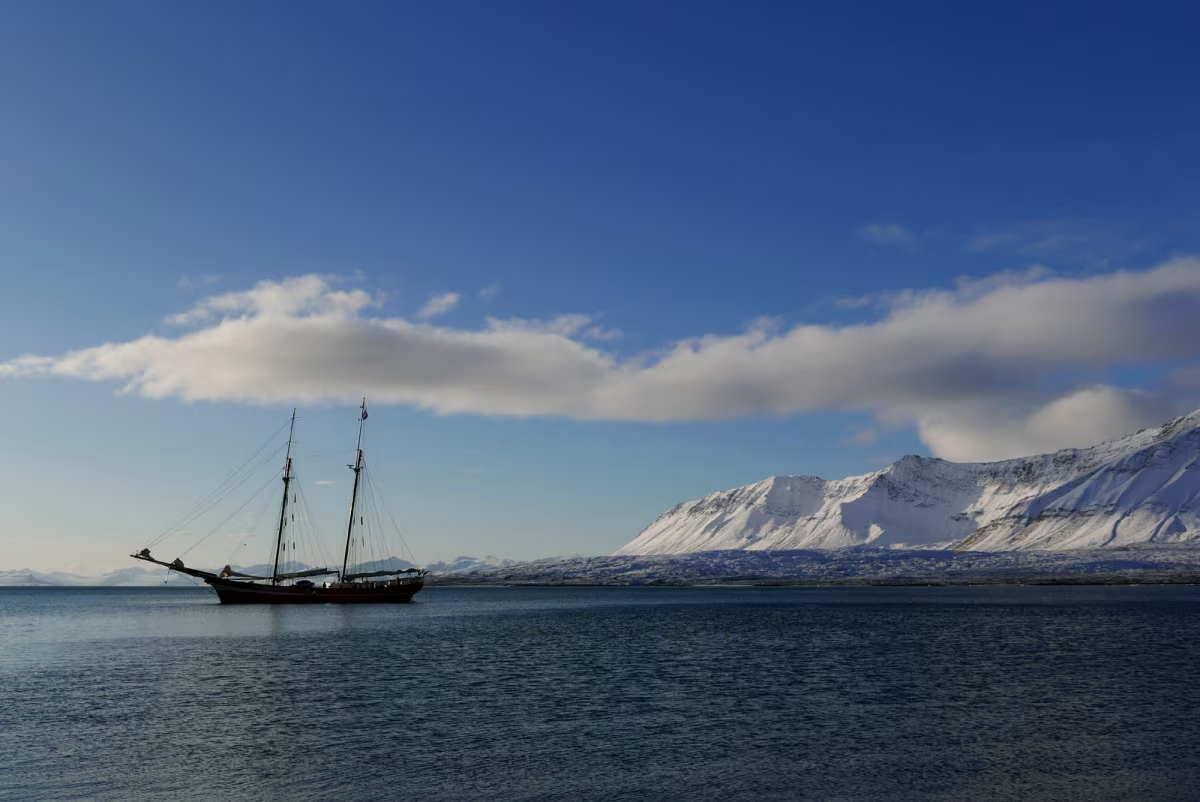
Photo by Ben Bekooy
Some of our passengers are historians, some are scientists, but most are just polar travel enthusiasts. What do you think unites us in our love for the Arctic?
For all lovers of the Arctic, places like Greenland and Spitsbergen represent an untouched wilderness with bewildering natural beauty. Seeing these places in person provides you a deep experience of nature that will change your life forever.
But in these seemingly virgin landscapes, there are many visible traces of human activity – the remains of trapper huts, mining sites, historic scientific expeditions, and more. These remains are like signs that can be deciphered to get at the fascinating stories behind them.
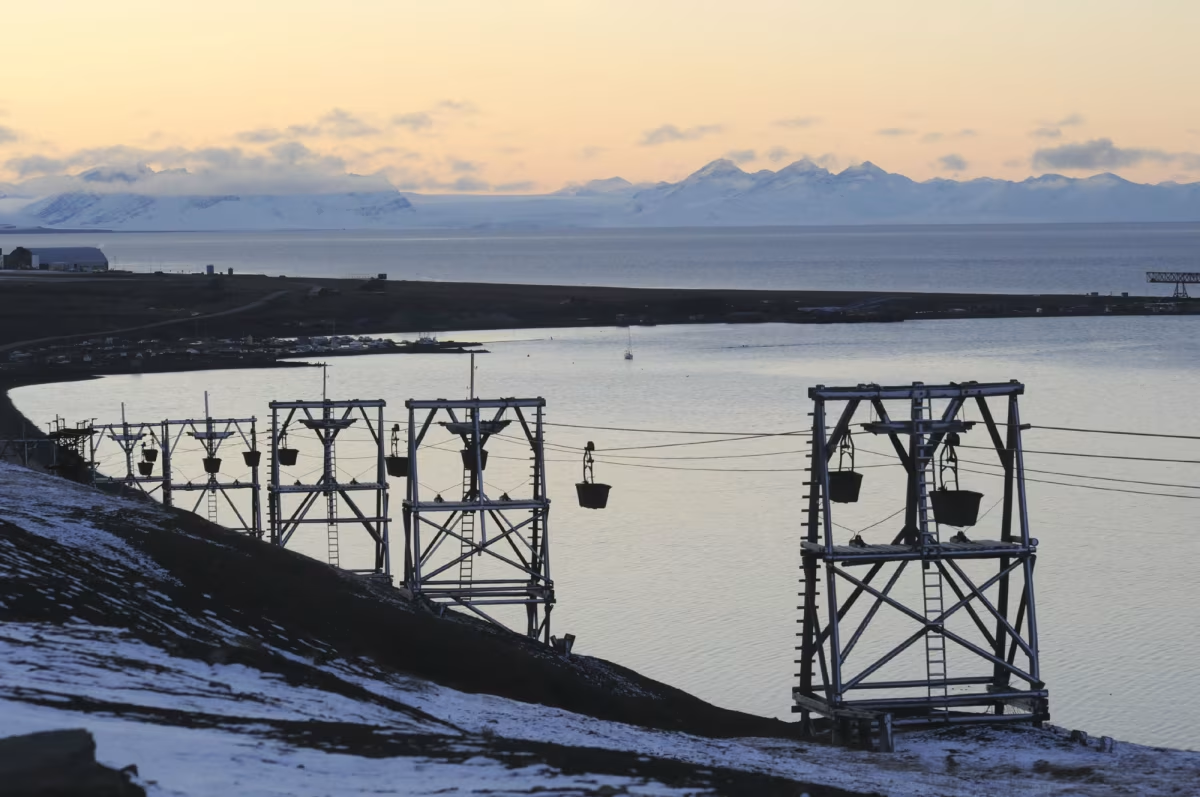
Photo by Ben Bekooy
For this reason, it is always great to be guided by an expert who knows these stories and is able to pinpoint the signs to you. These signs could be as small as an old clay pipe thrown away by a whaler, which has been lying around for centuries until a visitor stumbles upon it!
So in my view, the appeal of the Artic is twofold: On one hand, it is a region of unparalleled natural beauty, and on the other, it is an area that was and still is the theater of intense human experiences.
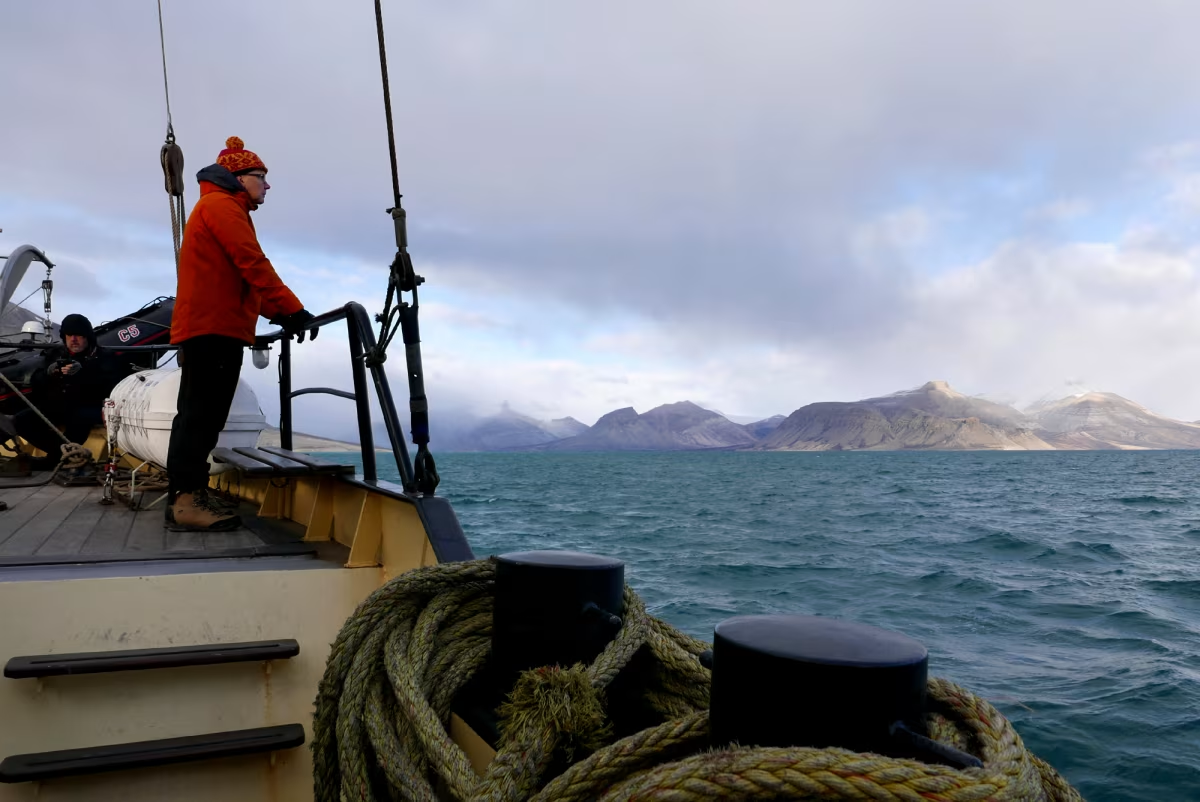
Photo by Ben Bekooy


